The new luxury is living well
Interiors that restore the body, calm the mind, and nourish the soul. Discover how design can turn your home into a sanctuary of well-being.
When we talk about wellness design, we’re talking about more than aesthetics — we’re talking about purpose, feeling, and reconnection. A space can drain you, or it can heal you. It can be a source of noise and clutter, or a place of peace and clarity. Every choice — from color and lighting to materials and scent — holds the power to shift your mood, your energy, your sleep. And in a time when living well has become a priority, designing your home with intention is one of the most powerful (and quiet) acts of self-care.
At Lifestyle Mag, we’ve curated the core principles of wellness design to show you how your home can become a restorative space — where well-being isn’t an abstract goal, but something you live and feel, every day.
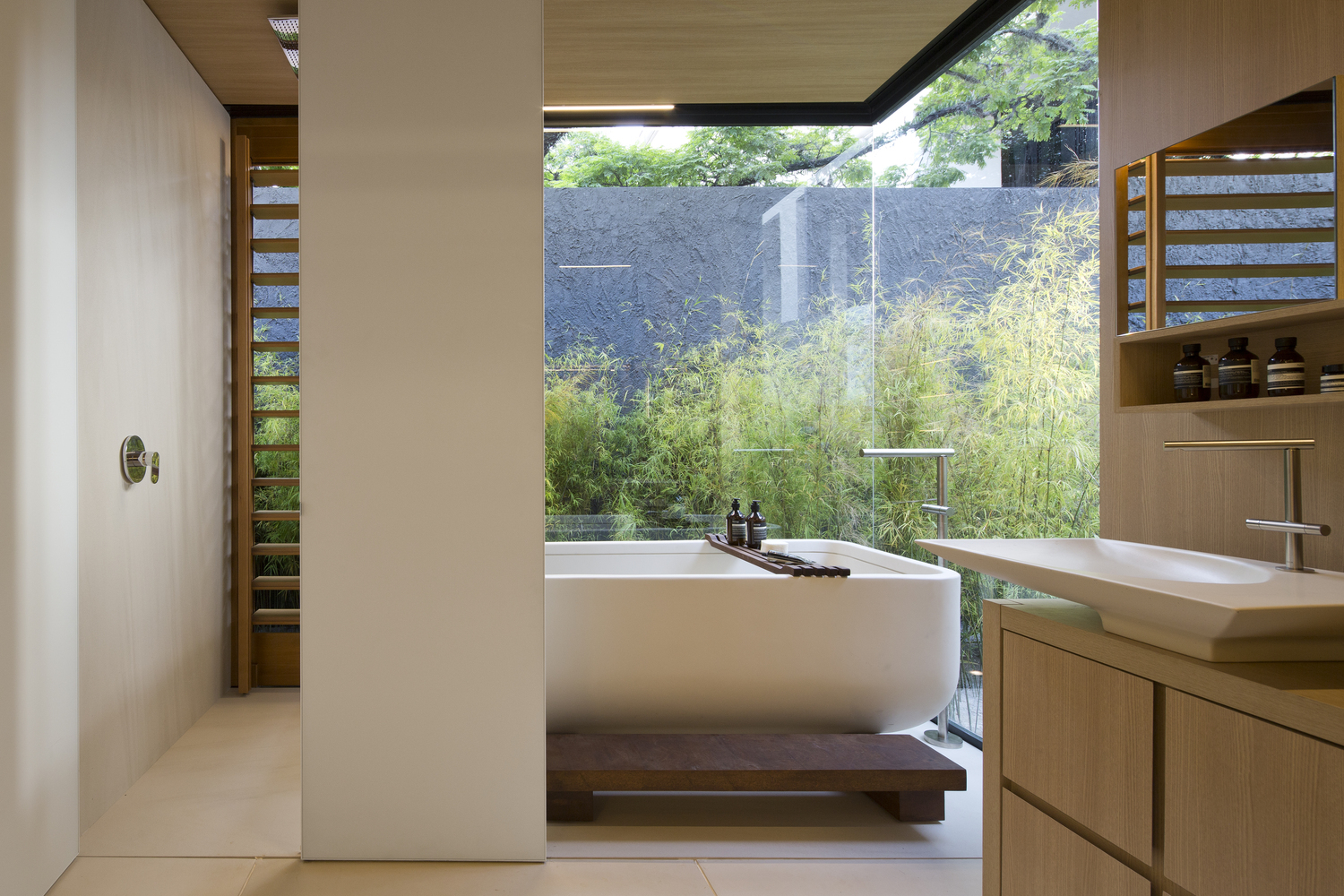
Bringing nature indoors is no longer just a trend — it’s essential. Natural elements like plants, raw wood, stone, and woven textures create environments that lower stress and enhance a sense of grounding. Studies show that having greenery around can help reduce cortisol levels and even improve focus. One of our favorite tips: place a broad-leafed plant near the window or scatter small organic arrangements throughout your home. Nature doesn’t just beautify — it rebalances.

Natural light is another quiet ally. It doesn’t just brighten your space — it realigns your body. Sunlight regulates your circadian rhythm, boosts your mood, and energizes your days. Heavy curtains? Consider replacing them with sheer layers that invite the sun in. Think soft brightness and the play of delicate shadows. Large windows, light-colored walls, and mirrors that reflect the light can completely transform a room — and your state of mind. Living well also means living in sync with the sun.
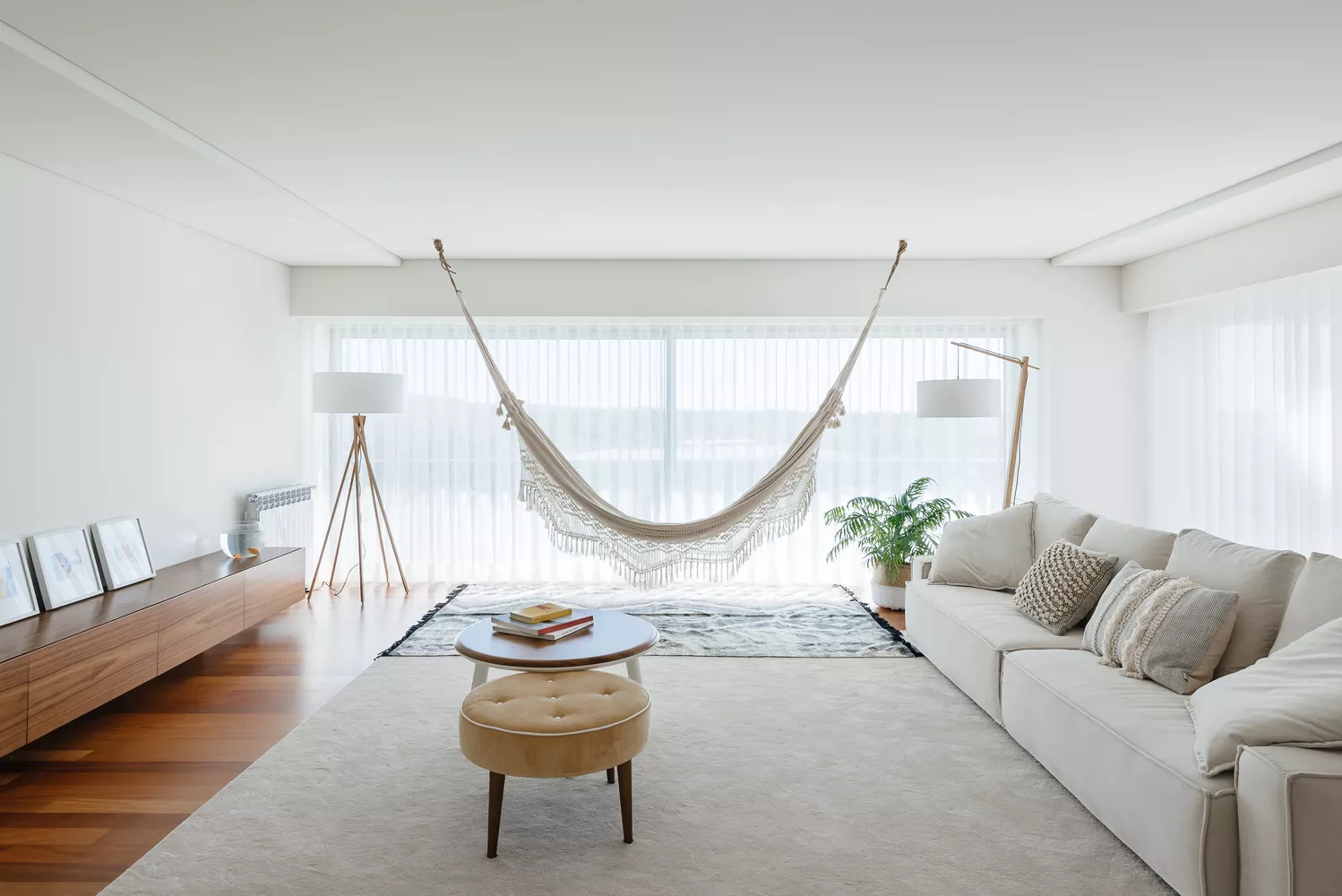
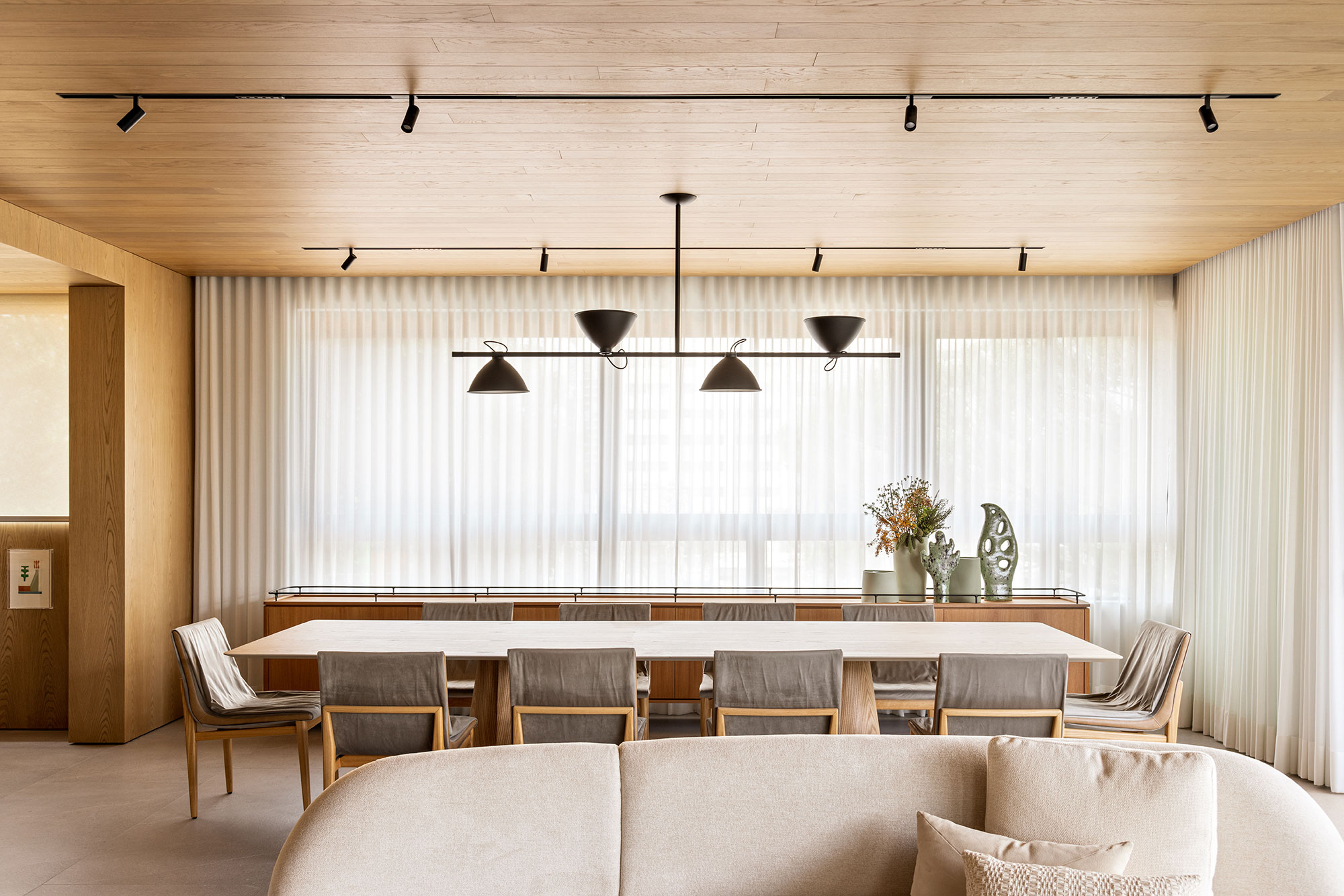
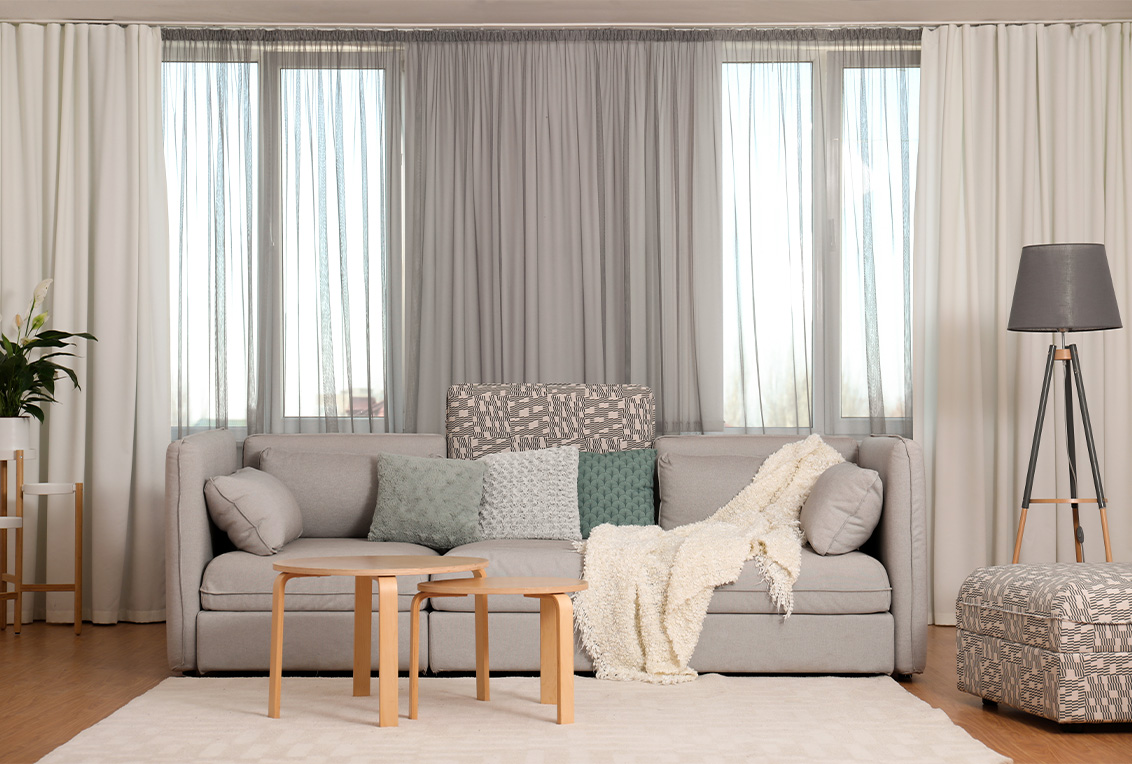
Touch is often overlooked in design, but it can be the most powerful sense. Linen, washed cotton, artisanal ceramics, worn leather, and untreated wood create tactile experiences that instantly ground and comfort you. Surround yourself with materials that invite you to slow down. A linen couch, a heavy-knit throw, a rug that you feel barefoot — comfort lives in these small daily encounters.

Minimalism doesn’t have to feel cold — it can feel soulful. This is where emotional minimalism comes in. It’s not about living with less; it’s about living with intention. Keep what tells a story, let go of what doesn’t. A decluttered space creates mental clarity, but warmth lives in the objects that hold meaning. That handmade vase, the inherited chair, the artwork you love — those are the things worth keeping. Your space should feel light, not empty. Edited, not sterile.
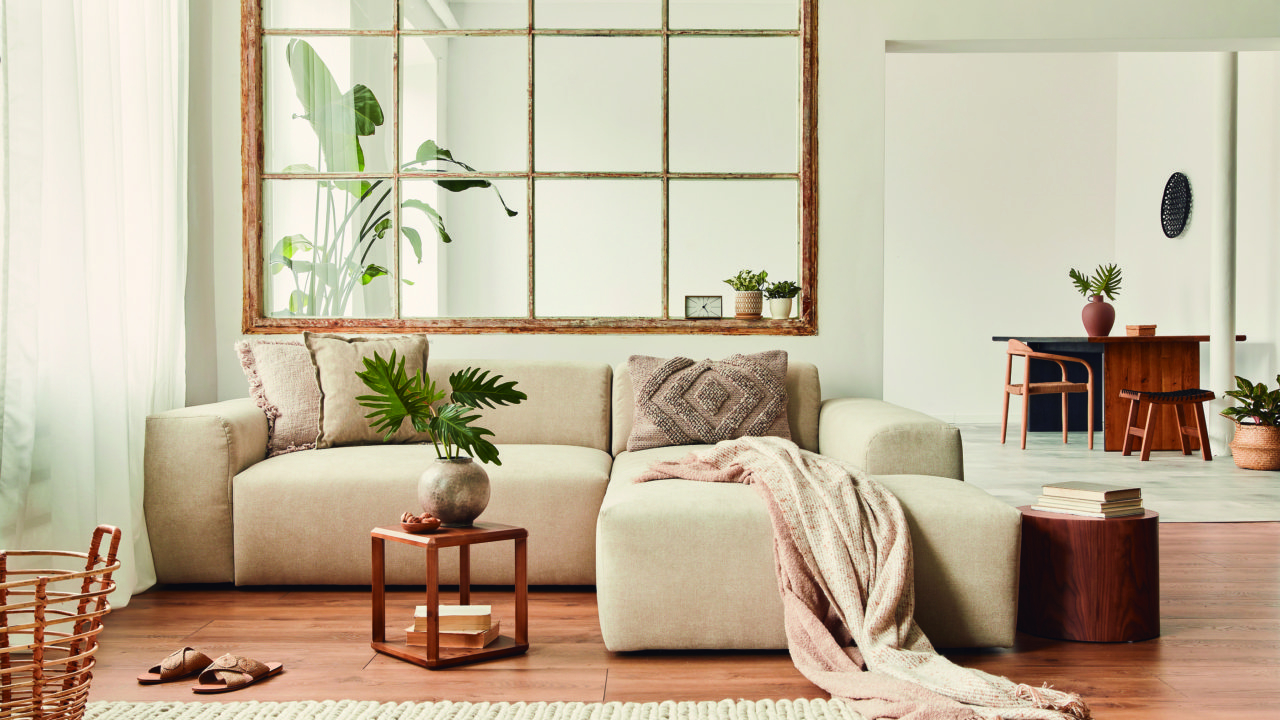
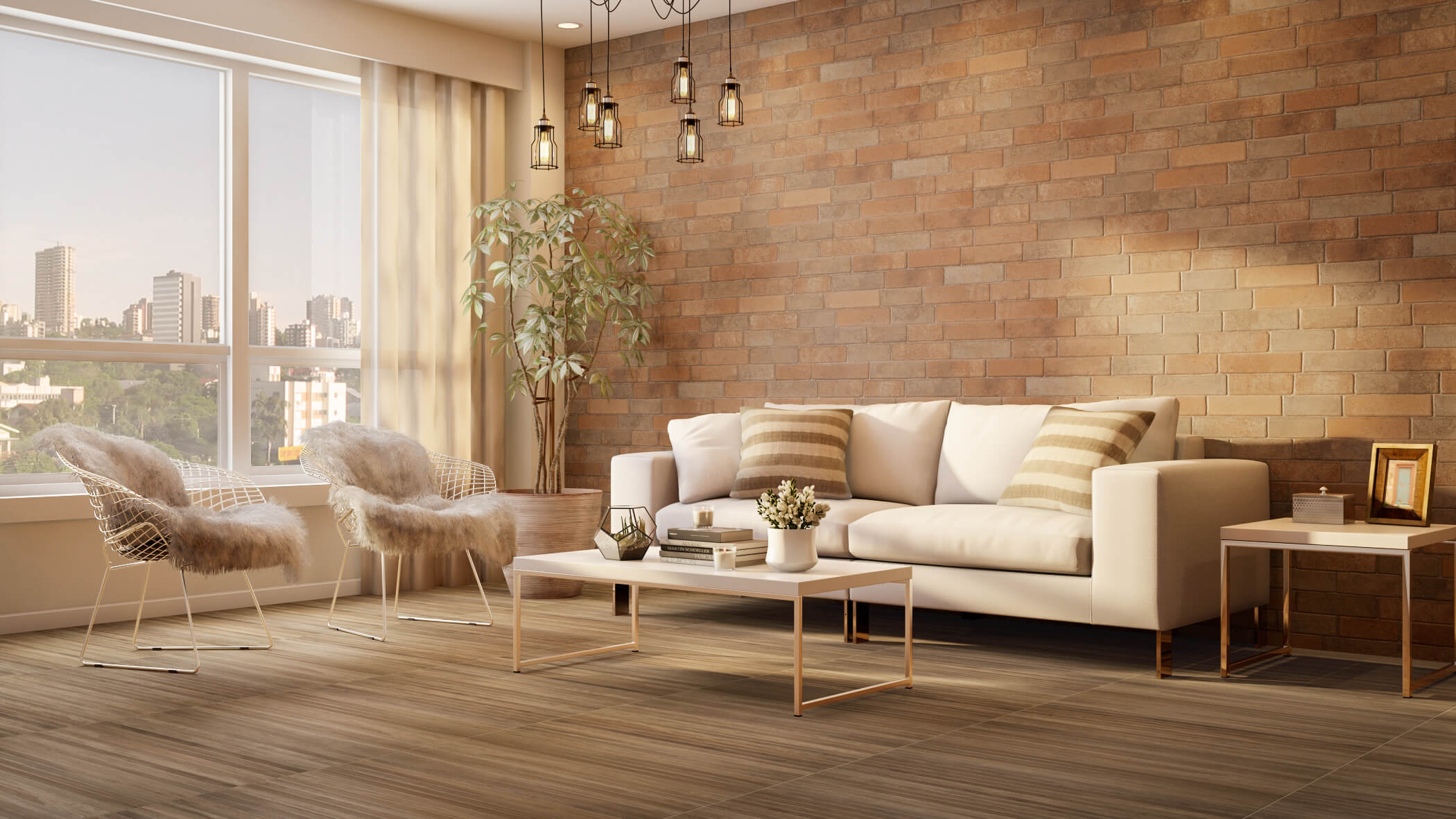
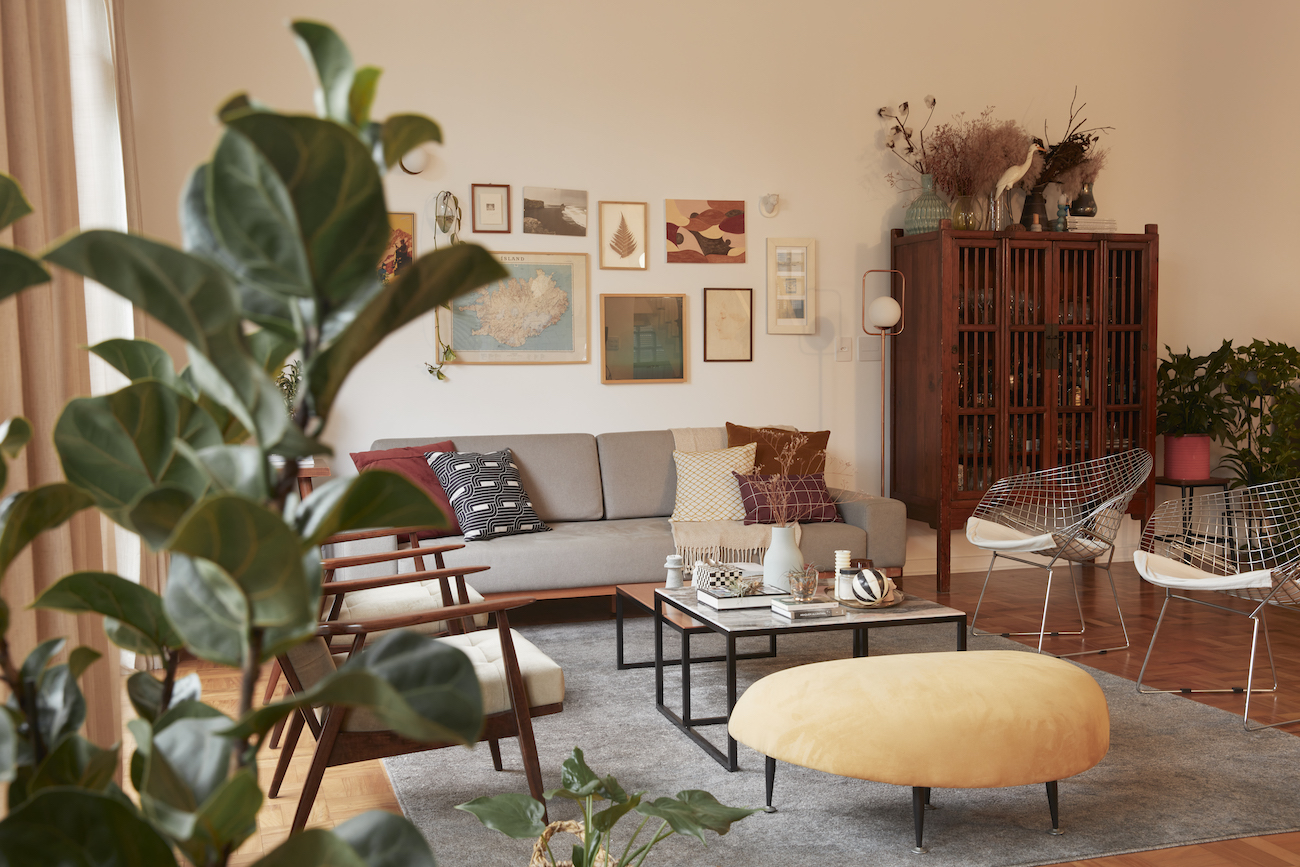
And finally, the invisible layers of design often have the deepest impact. What you hear, feel, and breathe at home shapes how you experience it. A lavender diffuser. A soft playlist with piano or acoustic guitar. A cozy throw blanket and a warm amber glow in the evening. These quiet details create emotional texture — they calm the nervous system and make your home feel like a true retreat. Design isn’t only visual. It’s sensory. And what’s invisible often touches us the most.
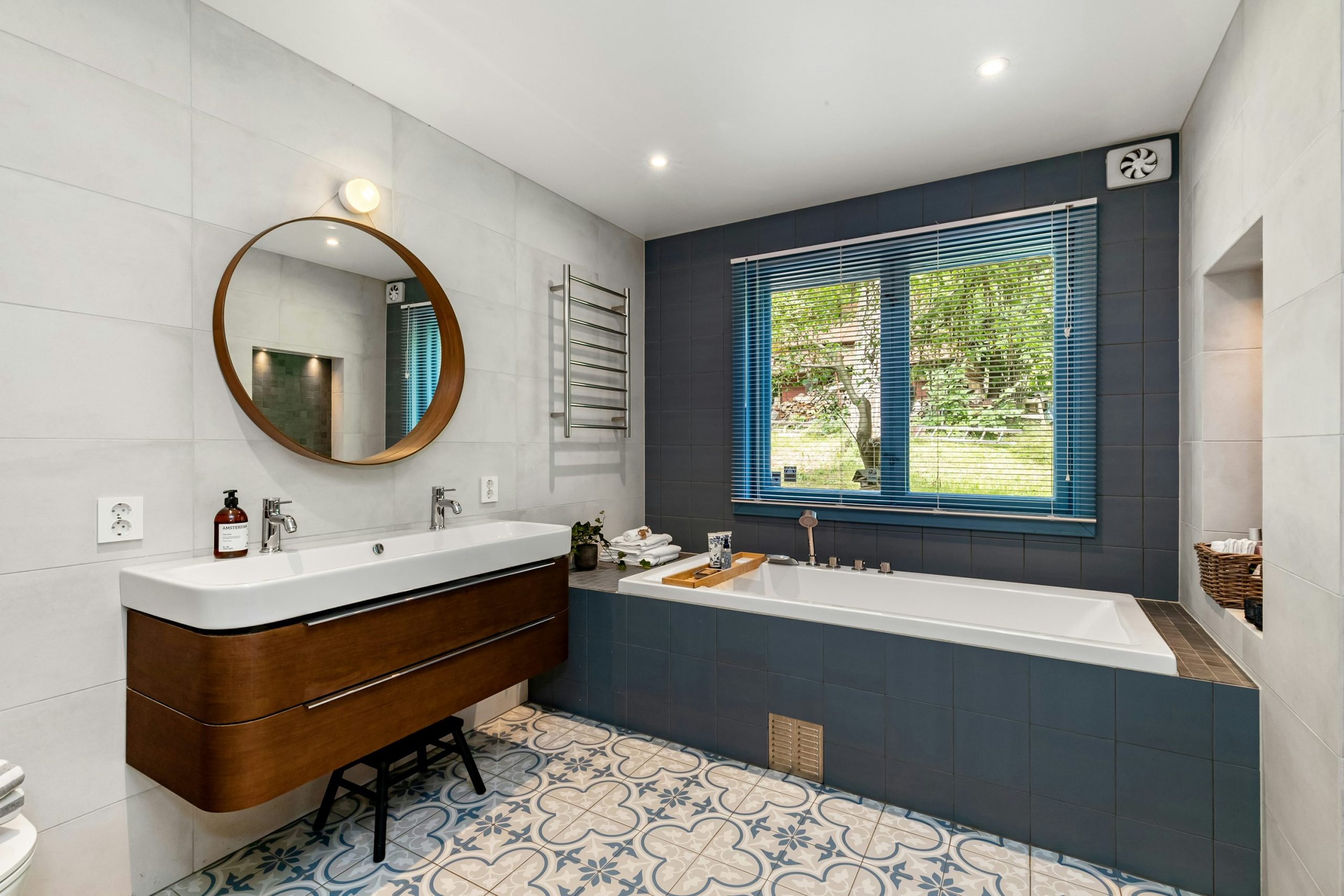
In the end, wellness design isn’t about expensive renovations or following trends. It’s about being intentional. About understanding that your home can be your ally in feeling good. A place that restores you, holds you, and gently brings you back to yourself. Save this guide for your next big project — or use it today to reimagine a single corner with more presence. And when your space becomes a sanctuary, don’t forget to tag @lifestylemag. We’d love to see what well-being looks like when it takes shape, light, and soul.



